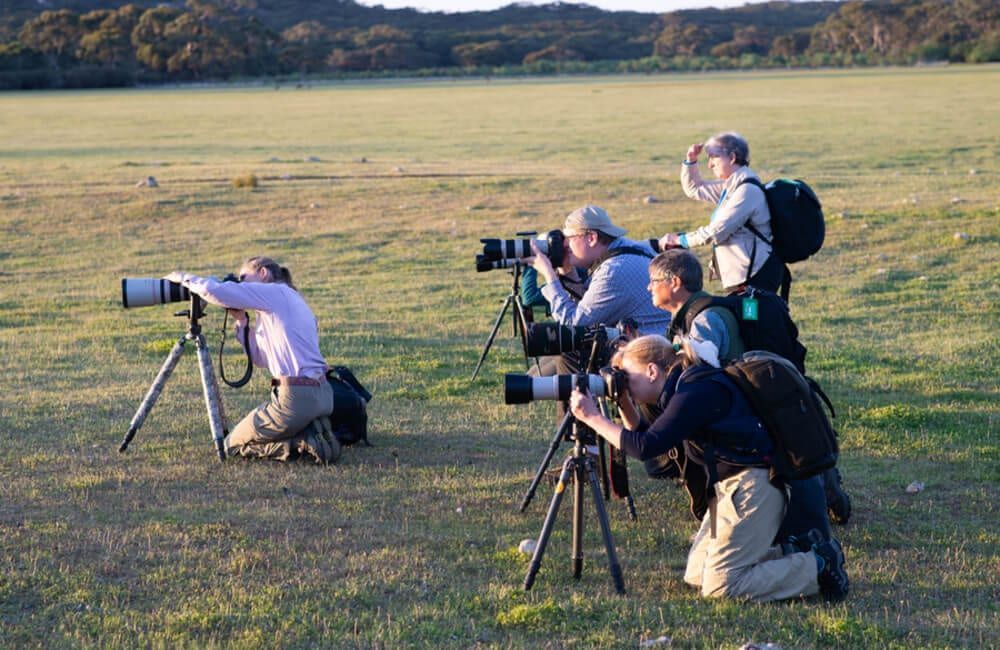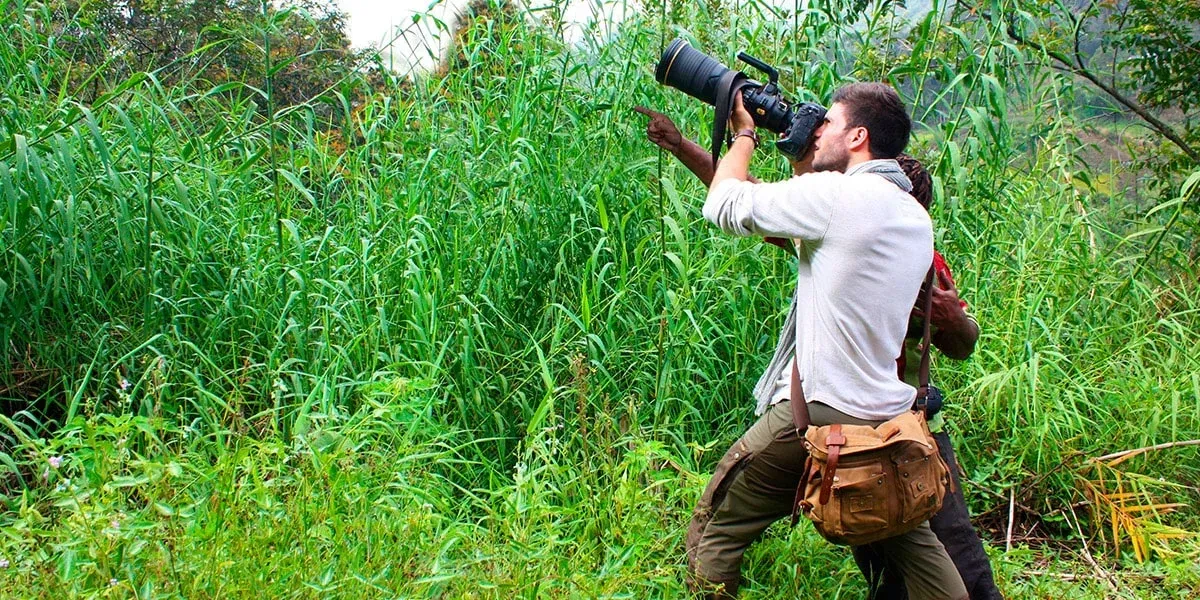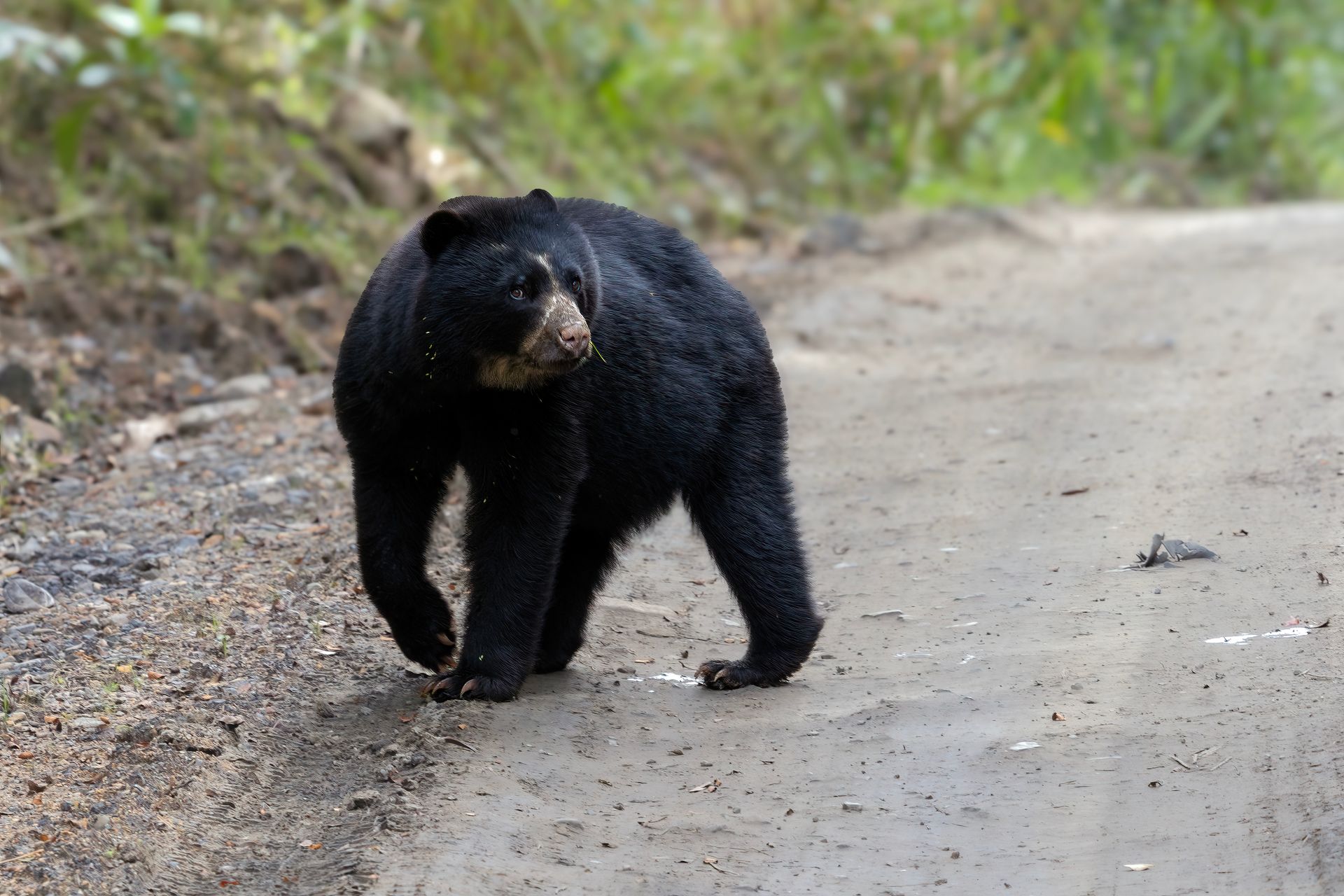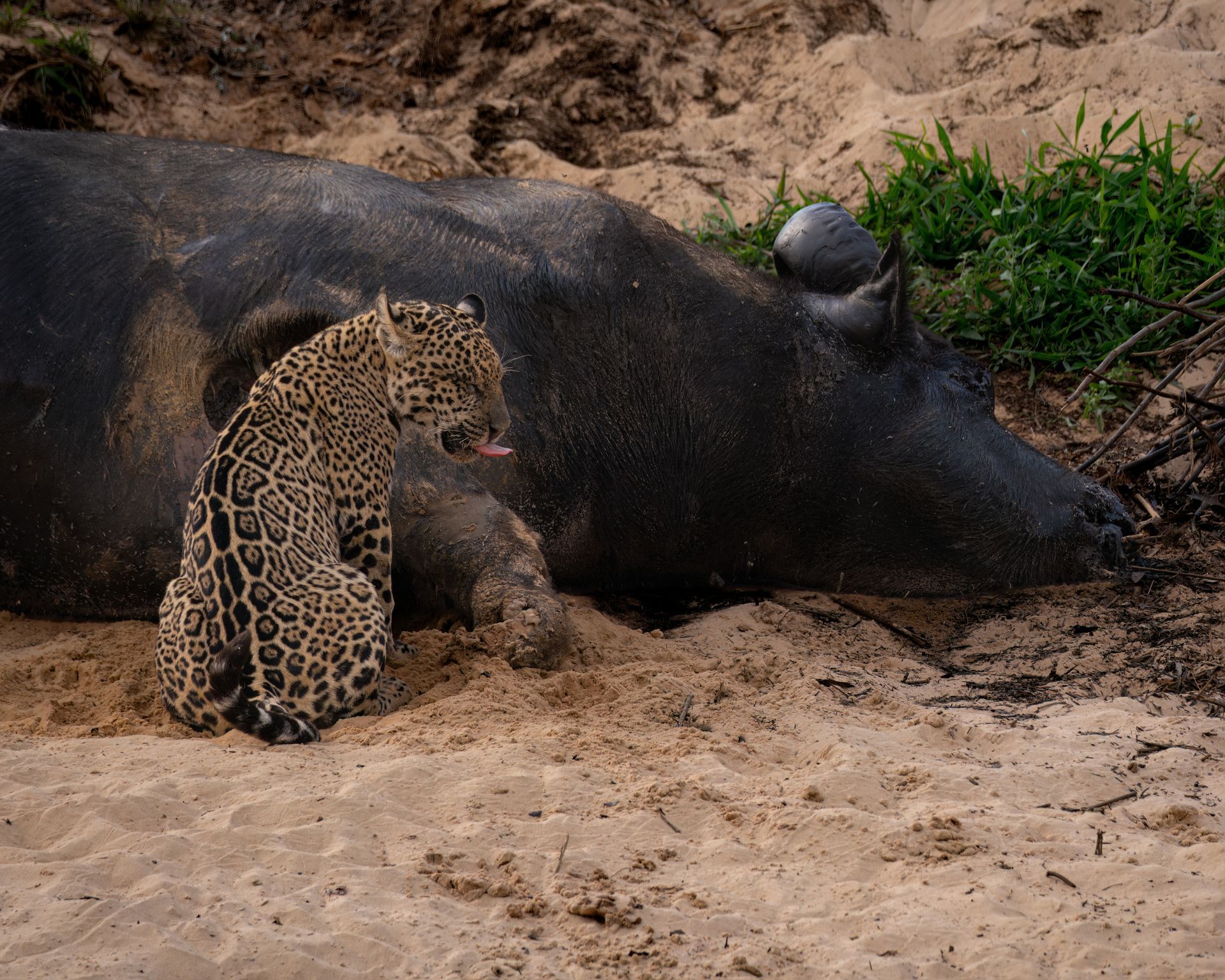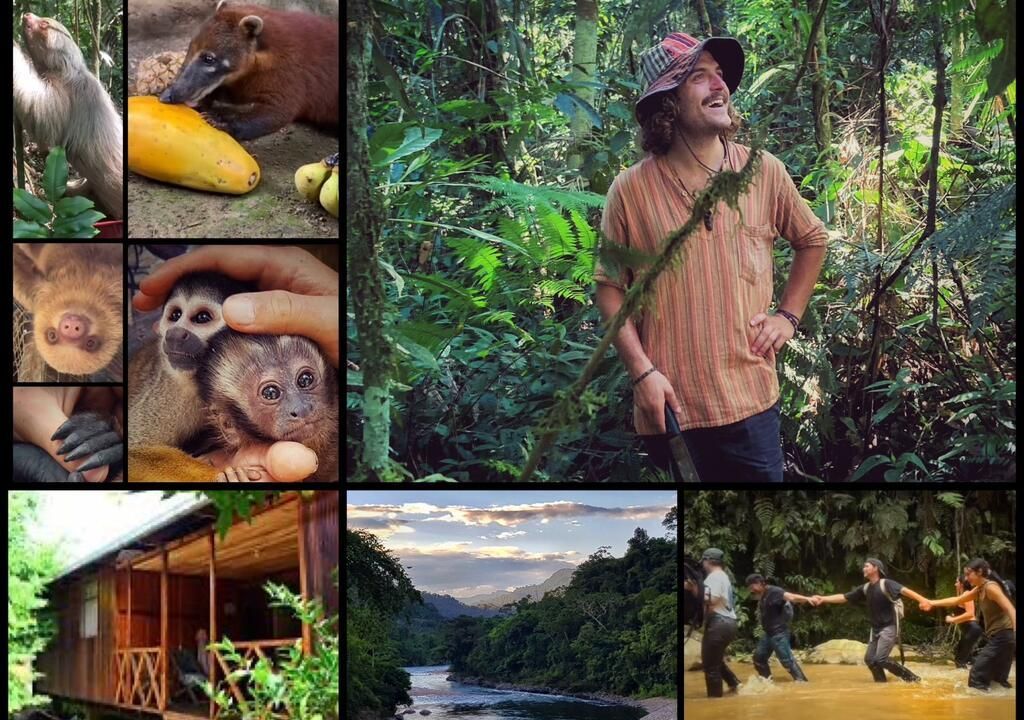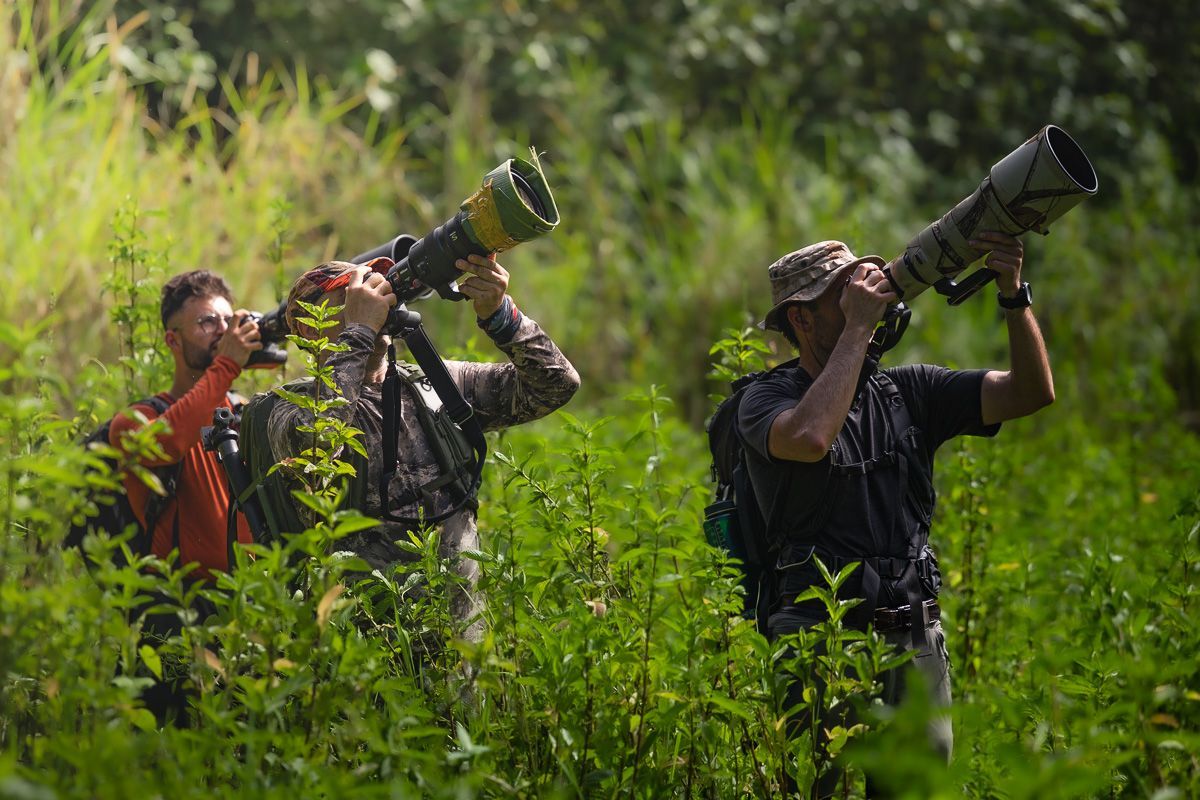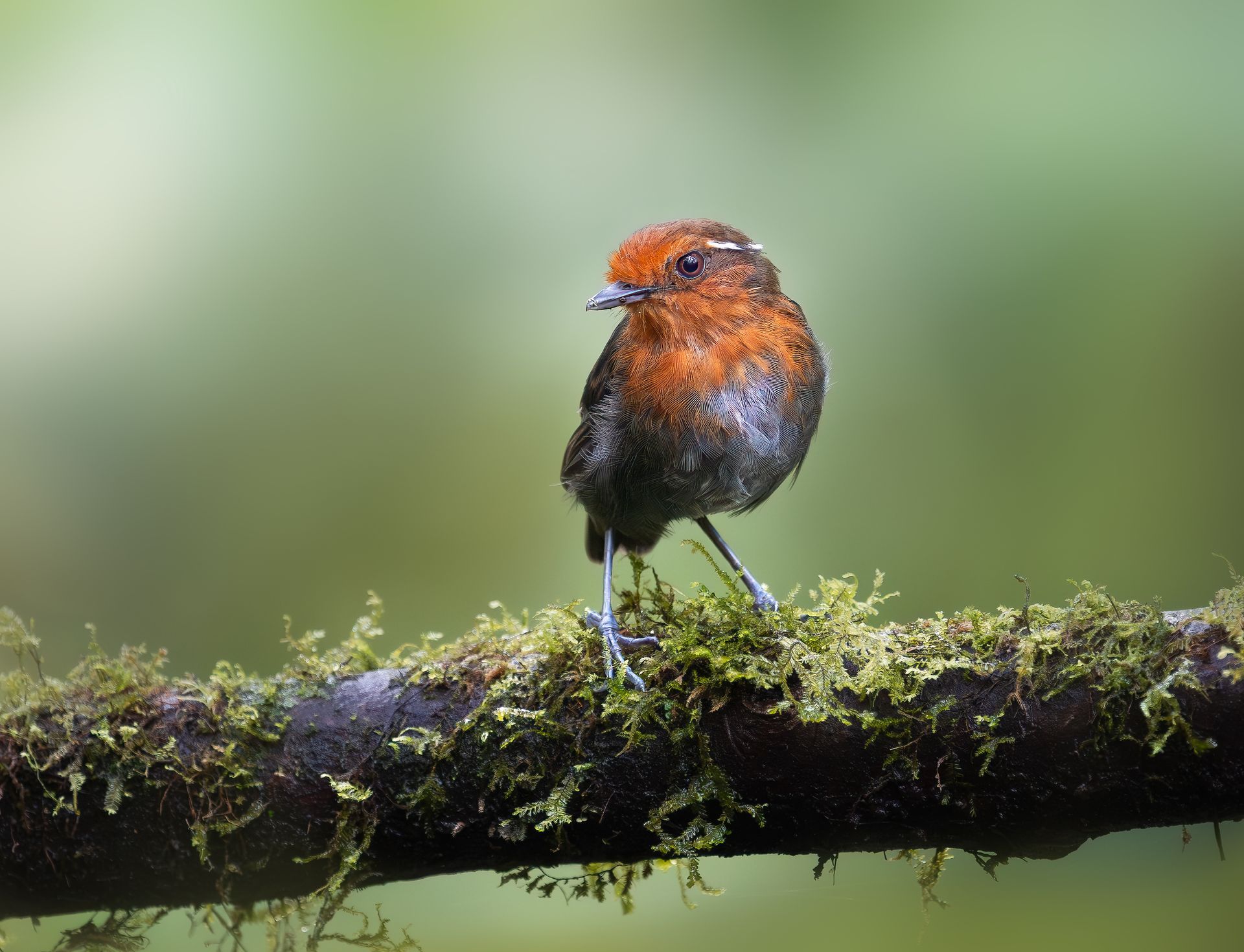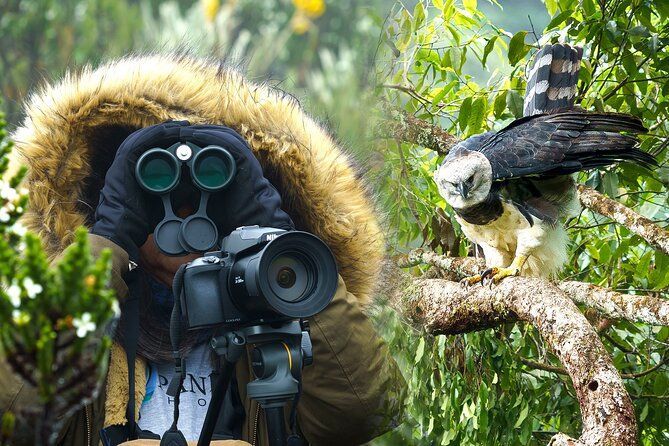Ethical Wildlife Photography: Respecting Nature While Taking Photos
Wildlife photography is a powerful way to connect people with the beauty and complexity of the natural world. A great photograph can inspire awe, curiosity, and even conservation efforts. But with this power comes responsibility. As photographers, we must ensure that our presence in nature doesn't disturb the very wildlife we seek to celebrate.
In a country like Colombia — one of the most biodiverse nations on Earth — ethical wildlife photography is especially important. From the Amazon rainforest to the Andean highlands and Pacific jungles, Colombia is home to countless rare and vulnerable species. At Retorno Photo Tours, we believe photography should never come at the expense of nature. In this guide, we’ll explore how you can practice ethical wildlife photography while still capturing stunning images.
Why Ethical Wildlife Photography Matters
Ethical photography helps protect the habitats, behaviors, and safety of wild animals. It also ensures that photographers contribute positively to conservation and education, rather than exploitation. Irresponsible practices — such as baiting animals, getting too close, or disturbing nests — can stress wildlife, alter natural behavior, and even cause long-term harm.
By photographing responsibly, you help preserve the wildness of wildlife for future generations — of animals and photographers alike.
Key Principles of Ethical Wildlife Photography
- Do No Harm
Your presence should never negatively impact an animal or its environment. If the subject alters its behavior — flees, hides, or becomes stressed — you’re too close. Watch for signs like excessive alertness, sudden movement, or vocal distress, and back off if needed. - Keep a Respectful Distance
Use telephoto lenses to capture close-up shots without physically approaching animals. In Colombia’s national parks and reserves, many species — such as tamarins, toucans, or spectacled bears — are sensitive to human disturbance. Keep a safe distance and use binoculars or long lenses to admire their beauty. - Never Bait or Lure Wildlife
Offering food to attract animals is one of the most harmful practices in wildlife photography. It can change feeding behaviors, make animals dependent on humans, and even attract predators. In Colombia, this is especially dangerous in sensitive ecosystems where species play delicate roles in the food chain. - Stay on Trails and Designated Paths
Venturing off-trail can damage fragile habitats like wetlands, forest floors, or high-altitude páramos. Stick to marked paths to avoid trampling plants, disturbing nests, or causing erosion. - Respect Breeding and Nesting Seasons
Birds, reptiles, and mammals are particularly vulnerable while mating, nesting, or raising young. Avoid photographing nests or dens, and never use flash or sound to provoke a reaction. In Colombia, this is critical for species like the Andean condor, poison dart frogs, or rare hummingbirds. - Limit Use of Flash and Artificial Sounds
Flash can startle animals or harm those with sensitive eyes, especially nocturnal species. Similarly, playing recorded bird calls can cause confusion and territorial stress. Stick to natural light and silence whenever possible. - Don’t Manipulate the Scene
Never touch or reposition animals or plants to "improve" a shot. What seems like a harmless adjustment may cause distress or even death — especially for insects, frogs, or orchids, which are extremely delicate. - Leave No Trace
Carry out all trash, avoid breaking branches, and leave habitats exactly as you found them. In Colombia’s remote areas — like the Amazon or cloud forests — even biodegradable items can disrupt the ecosystem. - Follow Local and Park Rules
Respect all local regulations, guides, and protected area protocols. Many parks have specific wildlife viewing guidelines — including buffer distances and photography restrictions — to minimize human impact.
How to Be a Responsible Wildlife Photographer in Colombia
Colombia’s rich ecosystems provide photographers with unforgettable experiences — but these come with responsibilities:
- In the Amazon, travel with experienced local guides who know how to move silently and find wildlife without disturbing it.
- In the Sierra Nevada de Santa Marta, respect Indigenous territories and the cultural importance of land and animals.
- In Tayrona National Park, avoid noisy groups and visit early in the day to minimize your impact on both the environment and wildlife.
- In páramo ecosystems like Chingaza or Los Nevados, walk carefully. These high-altitude landscapes regenerate very slowly and are easily damaged.
Ethical Photography Enhances Storytelling
Ironically, respecting animals’ space often results in better images. Natural behavior — a bird feeding, a monkey grooming, or a sloth lazily stretching — makes for far more compelling photos than staged reactions.
By giving animals space and time, you allow moments to unfold authentically. This adds depth and integrity to your photography, turning your images into honest visual stories that reflect the reality of life in the wild.
What We Do at Retorno Photo Tours
At Retorno Photo Tours, ethical wildlife photography is at the heart of everything we offer. Here’s how we ensure respectful nature photography:
- We collaborate with local naturalists and conservation experts.
- Our group sizes are intentionally small to reduce environmental disturbance.
- We brief photographers on animal behavior and ethics before excursions.
- We prioritize quiet, low-impact observation to avoid stress on animals.
- We never bait or lure animals — every encounter is natural and unforced.
Through these practices, we help photographers not only get the shot — but do it the right way.
Ethics Beyond the Camera: Sharing and Publishing
Your responsibility as a wildlife photographer doesn’t stop when you put the camera away. How you share your images also matters:
- Be honest about how a photo was taken. Don’t exaggerate how close you were or stage stories.
- Avoid geo-tagging locations of endangered species or nesting sites to prevent disturbance by others.
- Refrain from sharing or endorsing images that involve unethical practices (like holding wild animals or disturbing nests).
- Use your platform to educate and inspire others to protect wildlife and photograph responsibly.
Final Thoughts
Ethical wildlife photography is about more than just good behavior — it’s about respect. It’s about seeing nature not as a subject to capture, but as a world to honor. When you photograph responsibly, you do more than preserve beauty on a memory card — you help preserve ecosystems and species for generations to come.
In a place as wild and wonderful as Colombia, the choices you make with your camera truly matter.
So take the shot — but take it with care. Nature will thank you.



